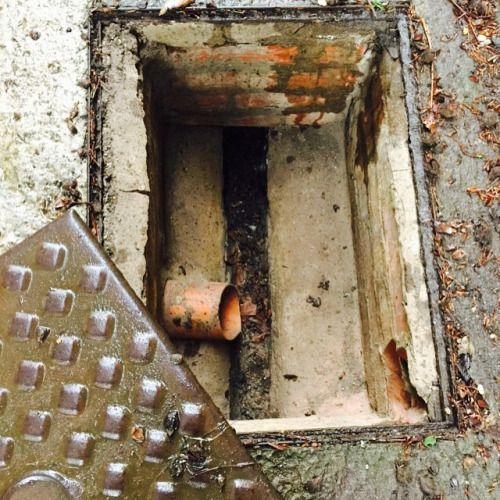
Drainage Pest Control
Pest control in drainage systems is essential to prevent the infestation and proliferation of pests like insects, rodents, and other nuisance animals.
These pests can be attracted to the damp and dark environments found in drainage systems, leading to potential health and environmental issues. Here are some methods and considerations for drainage pest control:
Regular Cleaning and Maintenance: Keeping drainage systems clean and well-maintained is one of the most effective ways to prevent pest infestations. Remove debris, sediments, and organic matter that can provide food and breeding sites for pests.
Screening and Covers: Installing screens or covers over drainage openings can help prevent pests from entering the system. These screens should be fine enough to keep out insects and rodents.
Proper Grading: Ensure that the grading and sloping of the area around drainage systems are designed to allow water to flow away efficiently. This prevents the pooling of water, which can create attractive breeding grounds for pests.
Biological Control: In some cases, beneficial organisms can be introduced to control pests in drainage systems. For example, certain types of nematodes or microbes can help control insect larvae or organic matter decomposition.
Chemical Control: Pesticides and larvicides can be used in drainage systems to control pest populations. However, this should be done with caution, and any chemical applications should comply with local regulations and environmental guidelines.
Physical Barriers: Implement physical barriers to prevent pests from entering the drainage system. This might include sealing cracks or gaps in the infrastructure to keep rodents out.
Regular Inspections: Conduct regular inspections of drainage systems to identify signs of pest infestations early. This allows for prompt action to address the issue before it becomes a major problem.
Education and Outreach: In urban areas, educate the public about the importance of proper waste disposal. Encourage responsible disposal of food scraps and other organic matter to reduce the attractiveness of drainage systems to pests.
Integrated Pest Management (IPM): Consider an integrated approach to pest control in drainage systems. IPM combines various strategies, including biological, mechanical, and chemical methods, to minimize the use of pesticides and reduce environmental impacts.
Environmental Considerations: When implementing pest control measures in drainage systems, be mindful of potential environmental impacts. Choose methods that are safe for non-target species and water quality.